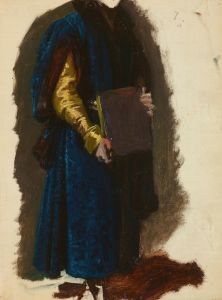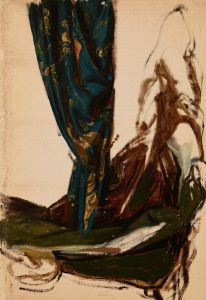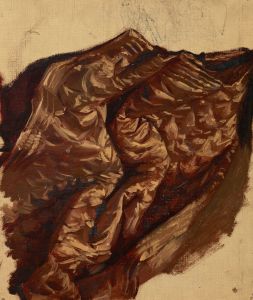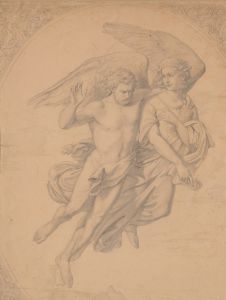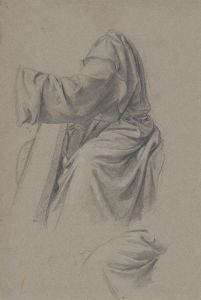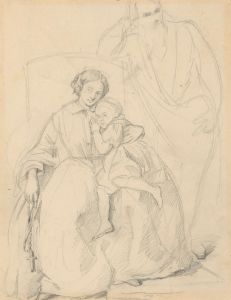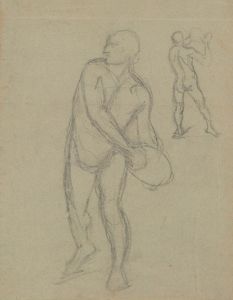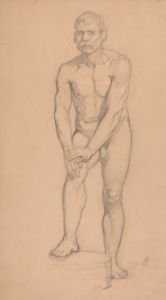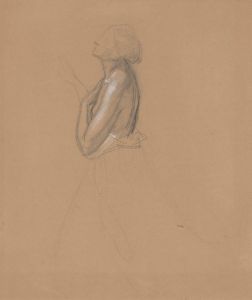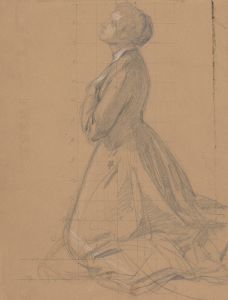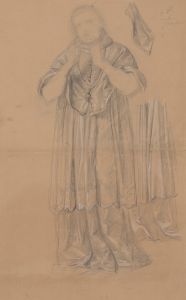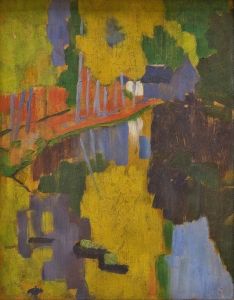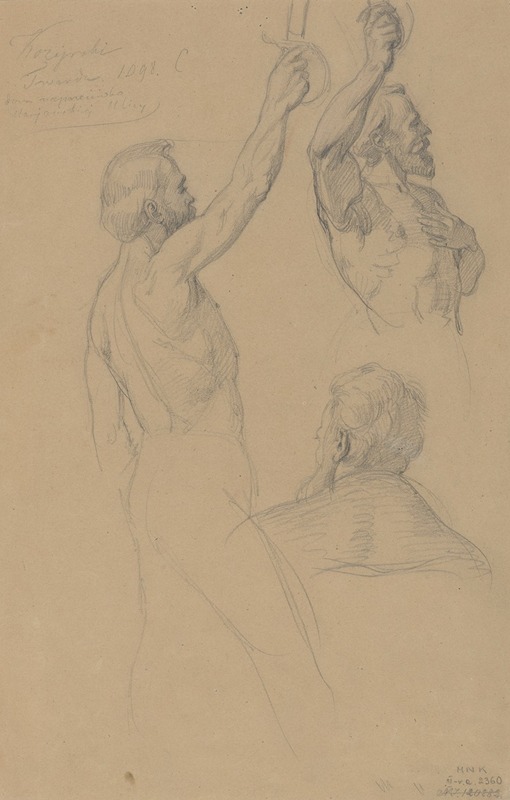
Study of figures for the painting ‘Queen Jadwiga’s Oath’
A hand-painted replica of Józef Simmler’s masterpiece Study of figures for the painting ‘Queen Jadwiga’s Oath’, meticulously crafted by professional artists to capture the true essence of the original. Each piece is created with museum-quality canvas and rare mineral pigments, carefully painted by experienced artists with delicate brushstrokes and rich, layered colors to perfectly recreate the texture of the original artwork. Unlike machine-printed reproductions, this hand-painted version brings the painting to life, infused with the artist’s emotions and skill in every stroke. Whether for personal collection or home decoration, it instantly elevates the artistic atmosphere of any space.
Józef Simmler, a prominent Polish painter of the 19th century, is known for his historical and portrait works, often characterized by their meticulous detail and emotional depth. One of his notable preparatory works is the Study of Figures for the Painting ‘Queen Jadwiga’s Oath’. This study serves as a preliminary exploration of composition and character arrangement for a larger, unfinished or unexecuted painting that was intended to depict a significant moment in Polish history.
The study reflects Simmler’s dedication to historical accuracy and his ability to convey the gravity of historical events through art. Queen Jadwiga of Poland, canonized as a saint by the Catholic Church in 1997, was a pivotal figure in Polish history. She reigned as the first female monarch of Poland in the late 14th century and played a crucial role in the Christianization of Lithuania and the strengthening of the Polish-Lithuanian union. The subject of the painting, her oath, likely refers to a moment of solemn commitment or a significant decision in her reign, though the exact historical event Simmler intended to portray remains unclear.
The Study of Figures demonstrates Simmler’s skill in capturing human emotion and interaction. The figures in the study are carefully arranged, suggesting a scene of profound importance. Simmler’s use of light and shadow, as well as his attention to the details of clothing and facial expressions, highlights his commitment to realism and his ability to evoke a sense of historical authenticity.
While the final painting of Queen Jadwiga’s Oath was never completed or has not survived, the study remains an important example of Simmler’s artistic process. It provides insight into how he approached the depiction of historical narratives, emphasizing both the human and symbolic elements of the scene. Simmler’s works, including this study, are part of the broader 19th-century Polish Romantic movement, which sought to preserve and celebrate Polish history and culture during a time of political upheaval and partition.
Today, the Study of Figures for the Painting ‘Queen Jadwiga’s Oath’ is appreciated as a standalone work of art. It is housed in the collection of the National Museum in Warsaw, Poland, where it continues to be studied and admired for its artistic and historical significance.





